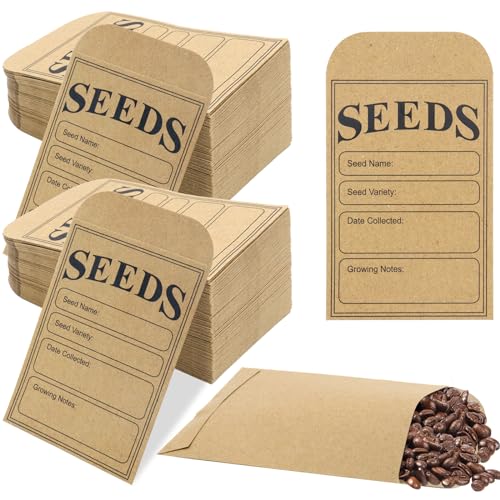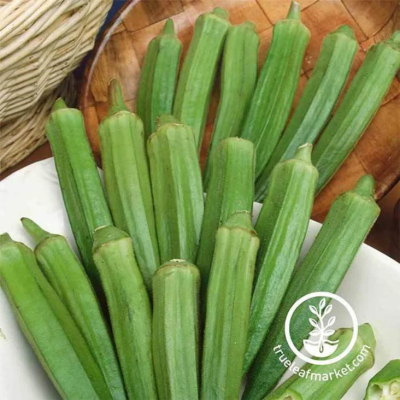Fall is the perfect time to harvest okra seeds – and the easiest way to collect them to sow next year
When to pick and how to collect and store your seeds to keep them in tip-top condition
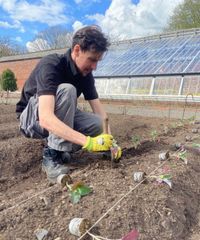
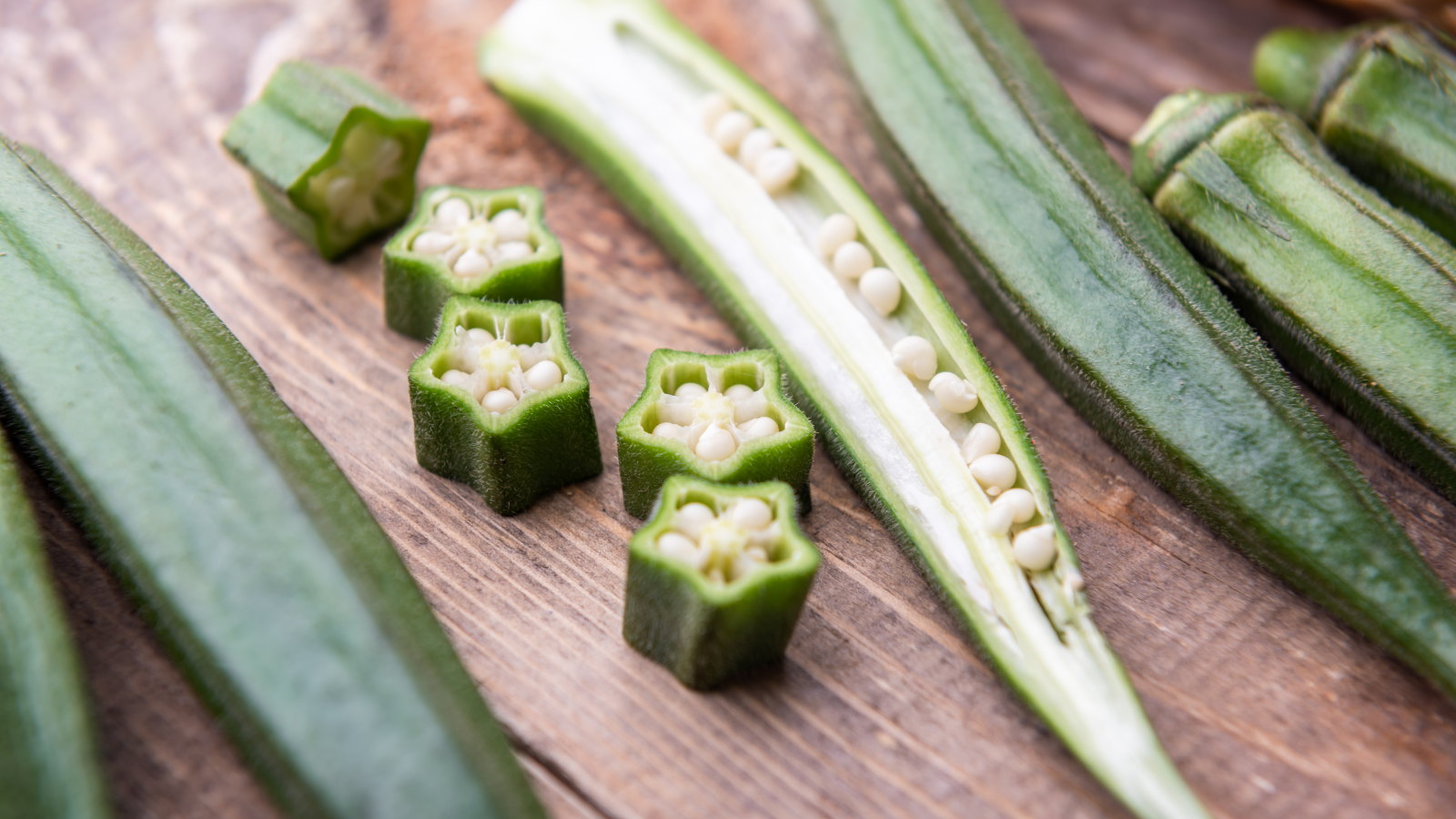
Growing okra in your home vegetable garden can provide a wealth of pods to use in the kitchen. Indeed, the plants are so prolific that you may have more pods than you can cook. If you leave some on the plant towards the end of the season to continue growing, then you can harvest okra seeds.
Not only are okra seeds edible, but collecting and saving them gives you a handy free resource of seeds to sow next year. It saves you money, it is reassuring to know the seeds you get work well in your garden and have a flavor you like, and collecting and saving seeds is a very satisfying pastime.
When you grow okra, the harvesting season starts winding down in the fall. It is the ideal time to let some pods continue to mature so you can harvest okra seeds from them. This guide reveals the key to knowing when the pods are ready to pick, along with tips for collecting and storing the okra seeds.
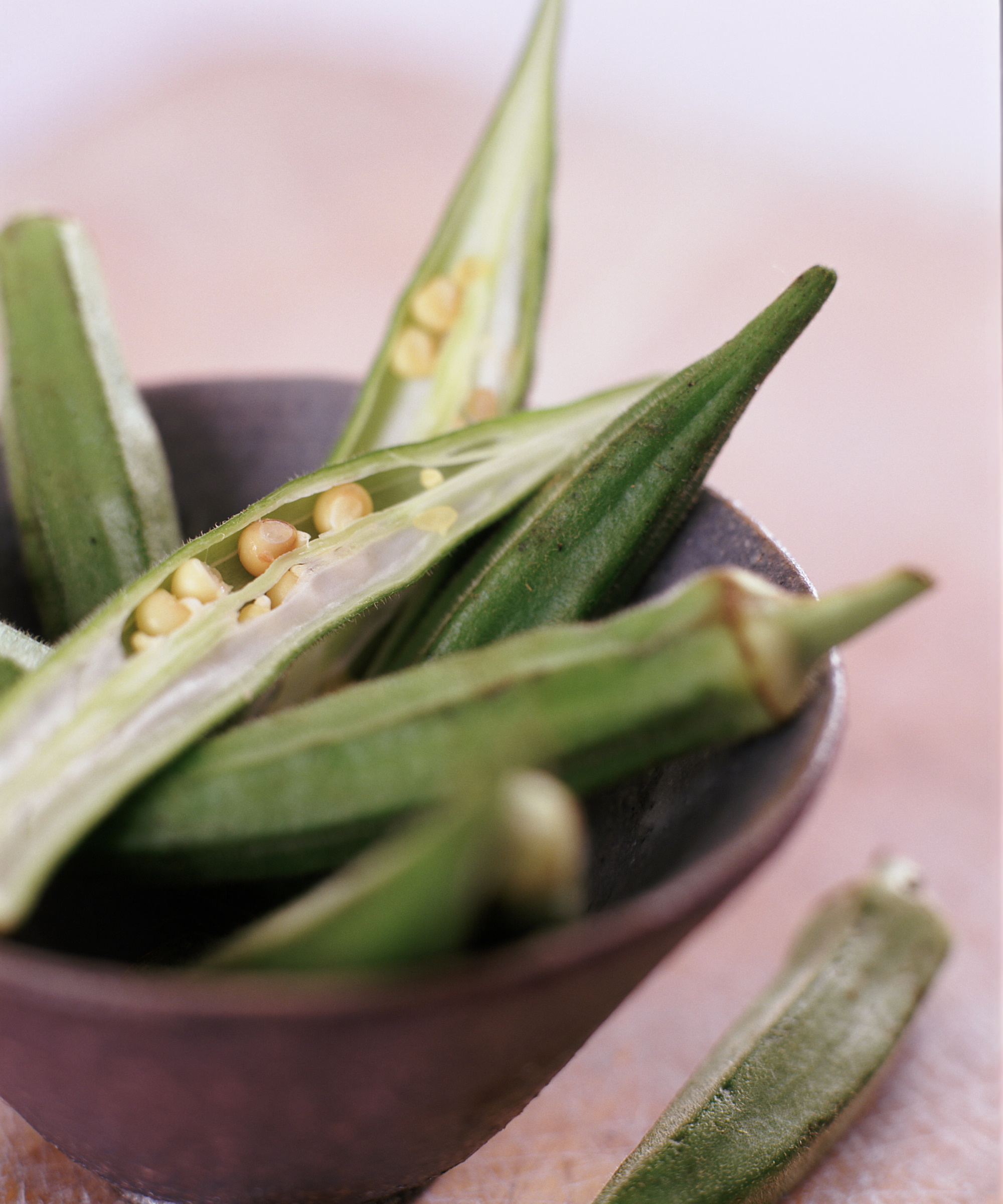
Why you should harvest okra seeds
Collecting seeds from your favorite vegetables is a great budget-saving method of having seeds for next year. Analyzing your crops each year and saving the seeds from varieties that work the best (or ones you particularly enjoy the taste of) guarantees you plants that will thrive in your garden season after season.
When you have an okra variety that works great in your garden, why not save some free seeds so you can grow that type again next year, safe in the knowledge that it will give you a great harvest of okra? As okra seed pods can be so high-yielding, saving just a few pods will provide you with hundreds of seeds.
A key thing to remember is that you want to save seeds from open-pollinated heirloom varieties. Hybrid varieties won't come true if the seeds are saved and sown again. Also, when intending to save seeds, it is important to grow only one variety of okra in a space. There is a risk of different varieties cross-pollinating if they are grown together, and the resulting seeds can produce mystery hybrids.
When to harvest okra seeds

Okra provides a rich bounty of pods during the summer and fall. The harvesting window starts two months after planting the vegetable, around 60-70 days from sowing seeds or 40-50 days from transplanting seedlings.
Design expertise in your inbox – from inspiring decorating ideas and beautiful celebrity homes to practical gardening advice and shopping round-ups.
Plants produce pods that are typically harvested when they are 2-3 inches in length. Letting them get larger means they go woodier. However, if you want to harvest okra seeds, you want to leave the pods to mature and dry on the plant.
With harvesting okra, the more pods you pick, the more the plant continues to produce. As okra has a long harvesting season, it means you can harvest lots of pods and still leave some to collect seeds from towards the end of the season.
When left on the plant, the pods will develop past the edible stage and get tougher. The seed pods should be left until they get large and turn brown. At the ideal stage for harvesting, they are brittle, potentially start to crack, and you can hear the seeds rattling inside if you shake the pod.
How to harvest okra seeds

Once the pods have dried completely on the plant, harvesting and storing the seeds is a simple task. It is a job to do with a pair of gardening gloves on, though, as okra pods have fine spines that can irritate the skin.
As the seed pods are large, they can be removed from the plant with a pair of pruning shears, garden snips, or scissors, or you can carefully twist them from the stem. Place them carefully into a basket or container (something like this Garden Hod from Burpee is ideal) and bring them indoors to finish drying.
To do this, lay out the collected pods in a single layer on a tray and place them in a cool, well-ventilated place until they are dry. Always take time to ensure seeds are fully dry before storing them. It is a major seed storage mistake to store damp seeds, as it encourages mold and rot.
Once dry, the pods can then be broken open, and the seeds collected. Store the seeds in a sealed paper envelope or an airtight glass container. If you want to repurpose common household items into DIY seed storage containers, glass food jars or spice jars are perfect for the job.
As for how long you can store the seeds, they will be viable for up to three years when kept in ideal conditions. However, it is best to use them the following season as their viability will drop each year.
FAQs
Can you eat okra seeds?
Yes, okra seeds are edible. They can be eaten raw or cooked and are a source of fiber and protein. As well as cooking with them, okra seeds can be ground and roasted for a caffeine-free alternative to coffee, or pressed to make oil.
Jumping ahead to next spring, okra seeds will benefit from being soaked in water before sowing. This simple task helps soften the shells and can both speed up germination and improve the rate of success. It is easy to soak seeds before planting. Simply put the okra seeds in a bowl of warm water for a few hours, dry them and quickly plant them in small pots or module trays filled with potting mix.

Drew has worked as a writer since 2008 and was also a professional gardener for many years. As a trained horticulturist, he worked in prestigious historic gardens, including Hanbury Hall and the world-famous Hidcote Manor Garden. He also spent time as a specialist kitchen gardener at Soho Farmhouse and Netherby Hall, where he grew vegetables, fruit, herbs, and cut flowers for restaurants. Drew has written for numerous print and online publications and is an allotment holder and garden blogger. He is shortlisted for the Digital Gardening Writer of the Year at the 2025 Garden Media Guild Awards.
